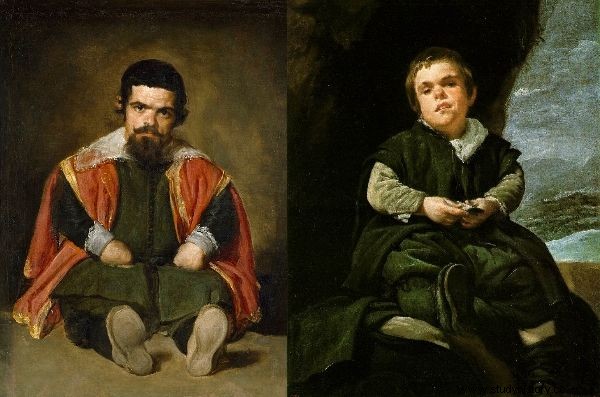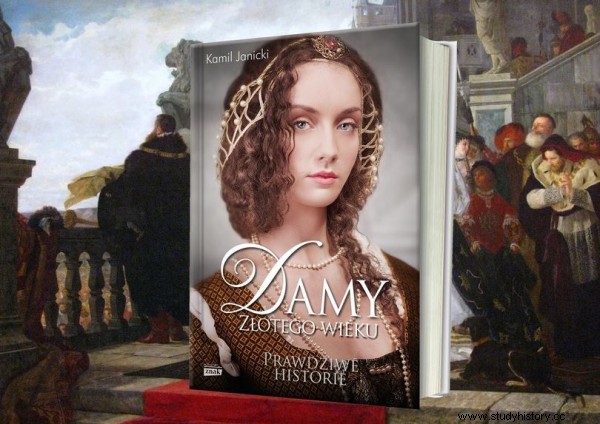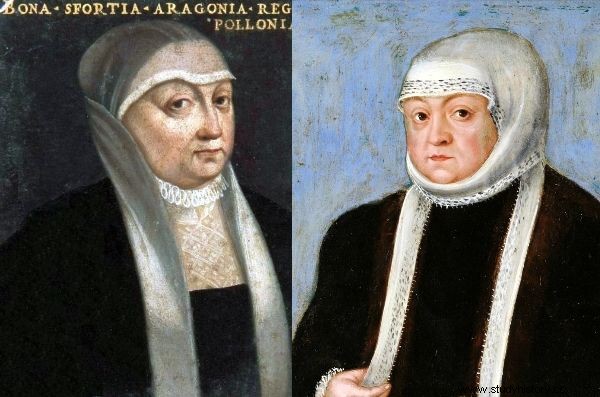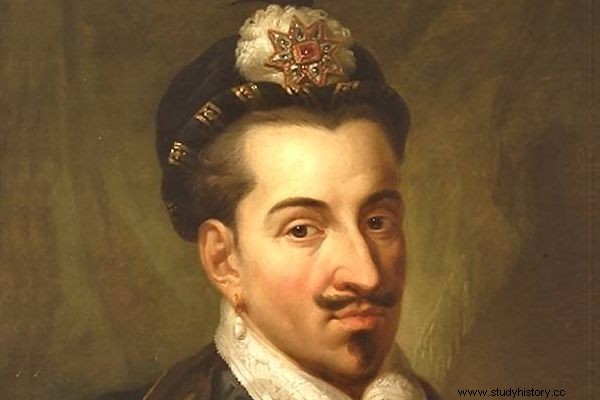George R.R. Martin created in the pages of "A Song of Ice and Fire" a figure that destroys all patterns:the dwarf of the lordship, Tyrion Lannister. Not only perfectly born, but also cunning, cynical and influential. The author himself could have ruled out immediately the possibility of a similar personality from being in the real world. Meanwhile, huge dwarfs lived for real - but probably only in Poland.
Dwarfs have fascinated rulers since time immemorial. They were called variously:pygmies, halflings, adolescents or tumors. Already in ancient Egypt, they played the role of jesters. It is said that Charlemagne also had his pygmies. They gained particular popularity during the Renaissance. It got to the point that the French Queen Catherine de Medici was breeding dwarfs like purebred horses. She proudly said that she matched them in pairs "to breed monsters for admiration for her doctors and the whole environment" . Regardless of the epoch and latitude, the dwarfs had one thing in common:"little people" were treated everywhere as curiosities, freaks, freaks of nature.
Monster Farm
They also found their way to Poland in this role. We hear about the first dwarfs on the Vistula in the times of Kazimierz Jagiellończyk, but it was probably Jan Olbracht who had his own pygmy. His brother Aleksander had already kept two dwarfs at his court, and a real avalanche of interest in small people fell on Poland together with Bona Sforza. The Italian queen was also probably responsible for the new look at dwarfs.

The vast majority of known portraits of dwarfs from the modern age come from Spain. Unfortunately, a similar fashion in art did not catch on in Poland. As a result, the appearance of Dosieczka or Jagnieszka can only be imagined.
They continued to play the role of jesters, providers of court entertainment. The dwarf could also be an expensive gift - Bona sent a pair of halflings to the Habsburg emperor. However, the matter did not end there. Unnoticed, the midgets entered the political game.
Bona took her trusted halflings to councils of state importance. They even took part in confidential face-to-face meetings - because the queen's interlocutors rarely treated the dwarf as a human. It is known that the ruler's little favorite was with her during one of the most difficult conversations with her son, Zygmunt August - the first since Barbara Radziwiłłówna's death. Bona then confessed to the young king that she wanted to leave Poland.

The article was written in connection with the book by Kamil Janicki "Ladies of the Golden Age" (Horizon Label 2014). Buy with a discount on empik.com.
The best bodyguard
On another occasion, the dwarf saved Bona's life. In 1544 a masked bomber stormed into her hunting lodge near Piotrków at night. With his weapon drawn, he prepared to deliver the killing blow. He failed to get him out because he tripped over a dwarf sleeping by the window. He woke up the family and was forced to flee.
Bona's daughter Katarzyna had a favorite karliczka, Dosieczka. She spent years with the princess in a prison in Stockholm, she was almost her chancellor. At the same time, she was a learned and cunning woman, contacting directly the most important politicians in the Republic of Poland.
Her eloquent letters have survived to this day. It is known that she probably saved Catherine from death or loss of the throne. It was she who noticed that Jan III Vasa's competitor to power, Erik XIV Vasa, was trying to escape from the custody by sawing through the bars.

Bona Sforza. A precursor of Polish fashion for court dwarfs.
A dwarf with a coat of arms
Karlica, a certain Jagnieszka, was also taken by Bona's second daughter, Zofia, when she left for Germany after her marriage to Prince Henryk Brunswick. The historian Julian Bartoszewicz claimed that, unlike Dosieczka, this pygmy was considered “an evil and poisonous creature”. Maybe it was true, but most of all the inconspicuous dwarf was scary. Bona's third daughter, Anna Jagiellon, wrote about it directly in her letters. It is hard to find a better proof of the high position of dwarfs in the Commonwealth than the fact that members of the dynasty trembled at them.
Finally, the Polish dwarf was employed by Henryk Walezy. A certain Jan Krassowski helped to elect a Frenchman as king, he also assisted him in the infamous escape from Krakow. Interestingly, he considered himself a noble and even the son of a castellan.

Without his trusted dwarf, Henryk Walezy would not have been able to cope in Poland.
Poland also knew a whole range of other dwarfs with noble coats of arms. They were active at the court, they had their own maids and servants. In the most democratic country in Europe, they could expect to be treated as rightful people - regardless of their height.
Source:
You can read more about the beauty of Renaissance women and the era of the greatest glory of the Polish empire in Kamil Janicki's book. "Ladies of the Golden Age" (Znak Horyzont 2014). The article was based on the literature and materials collected by the author during the work on the book. You can buy it with a discount on empik.com

We recommend:
A different version of the above article appeared in the latest issue of "Newsweek Historia" (12/2014).
